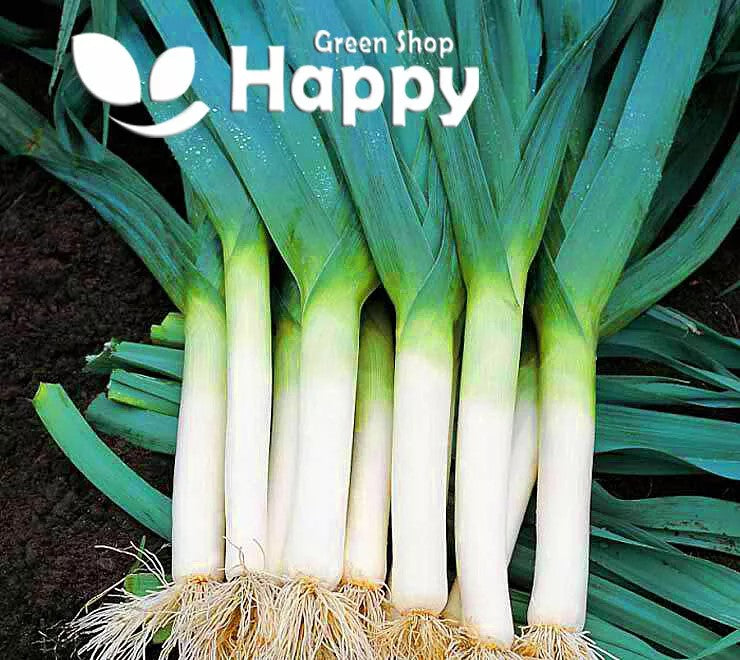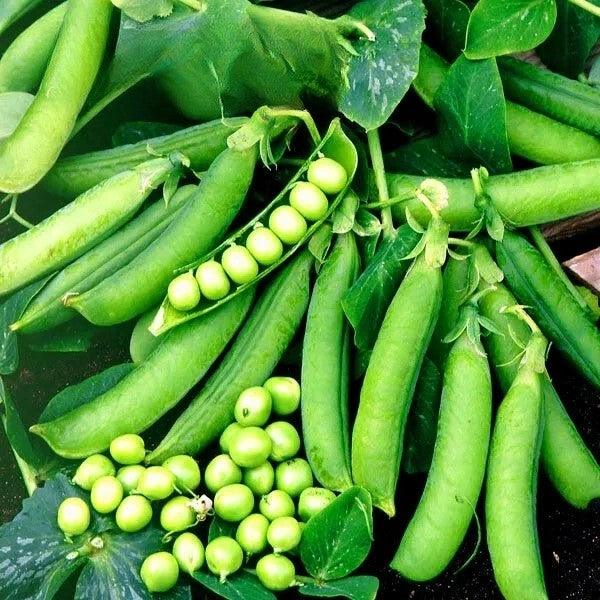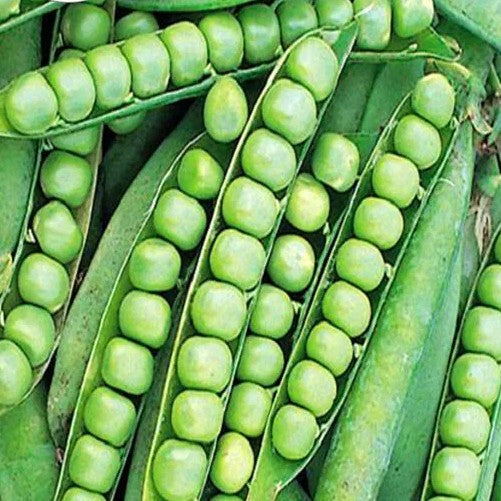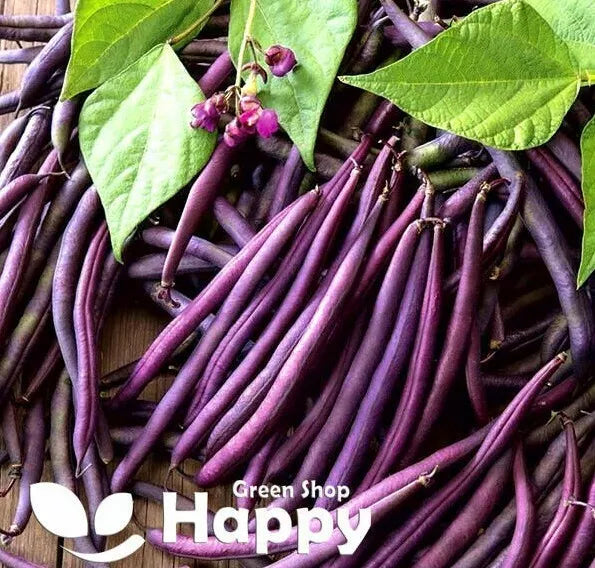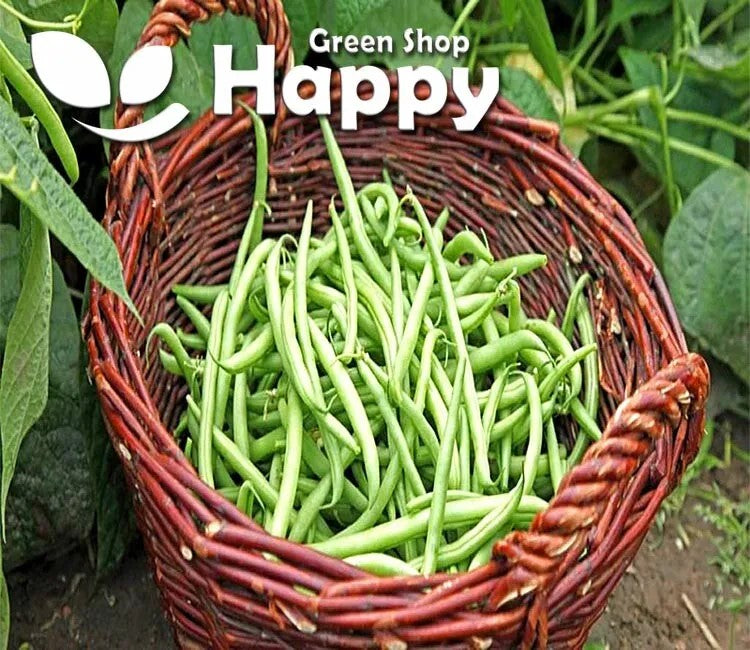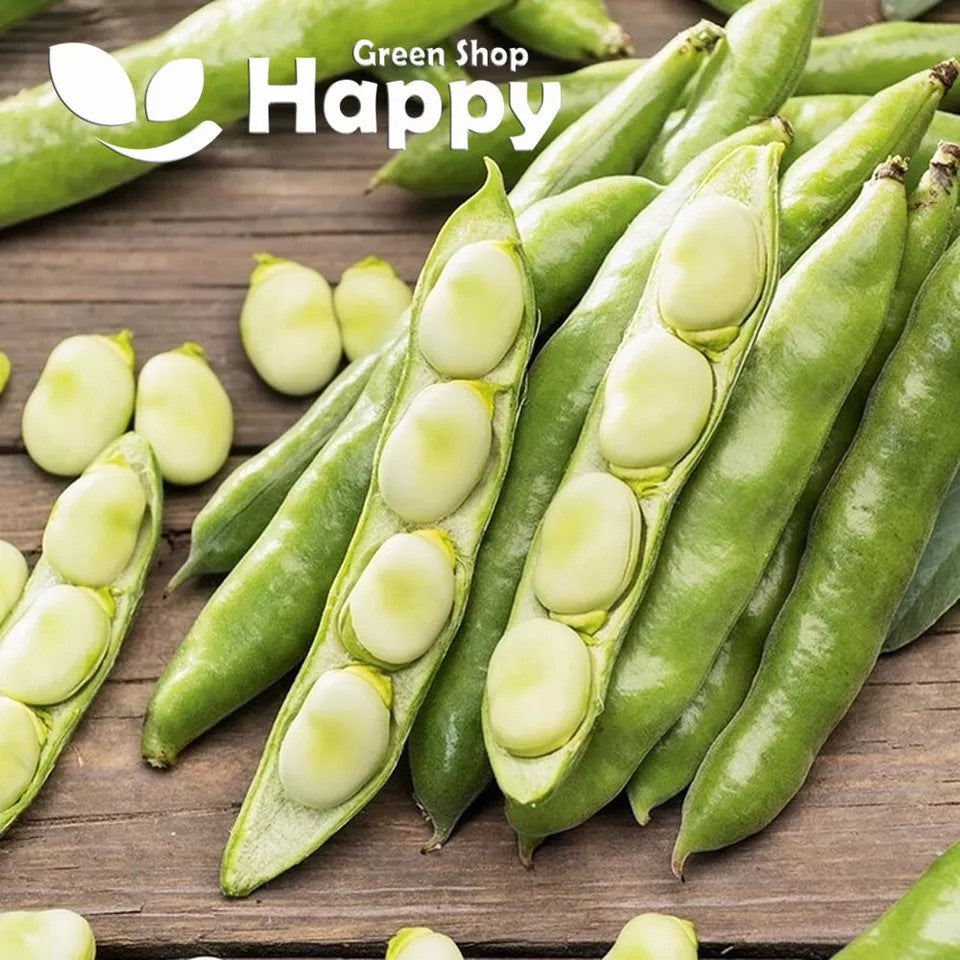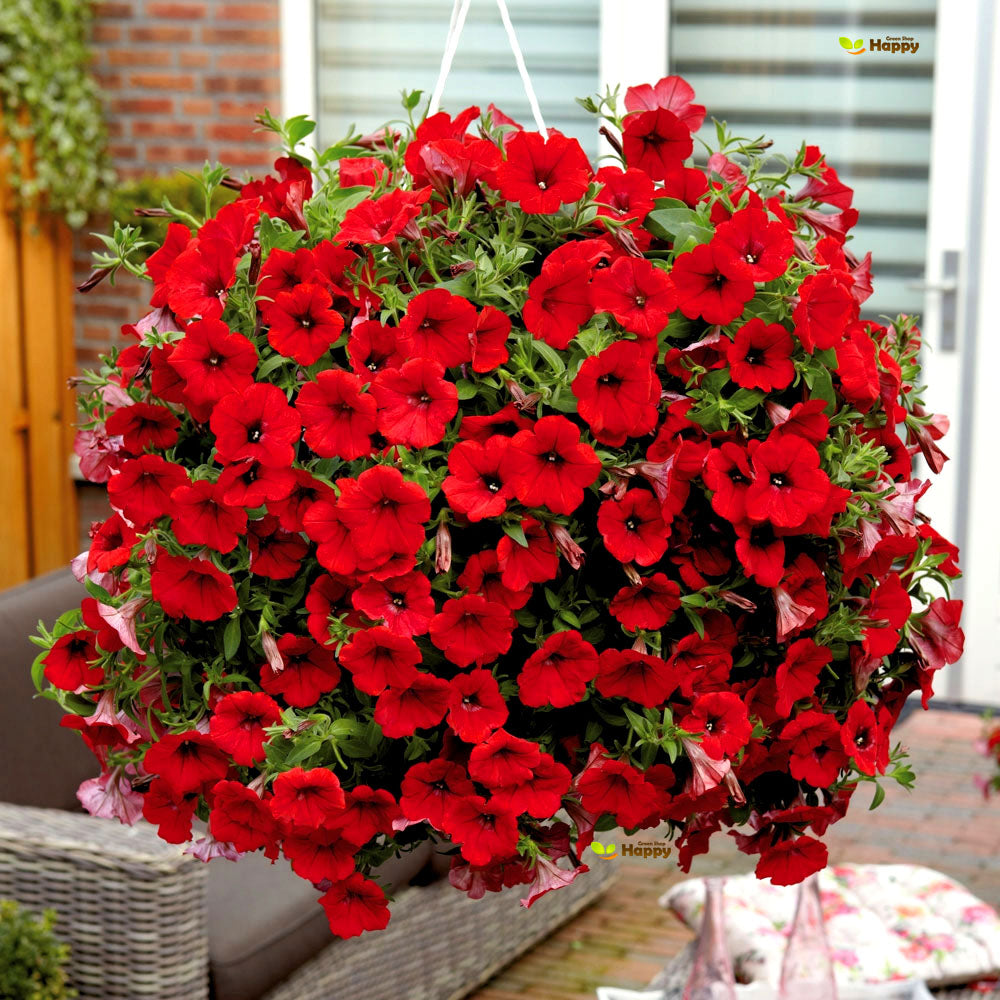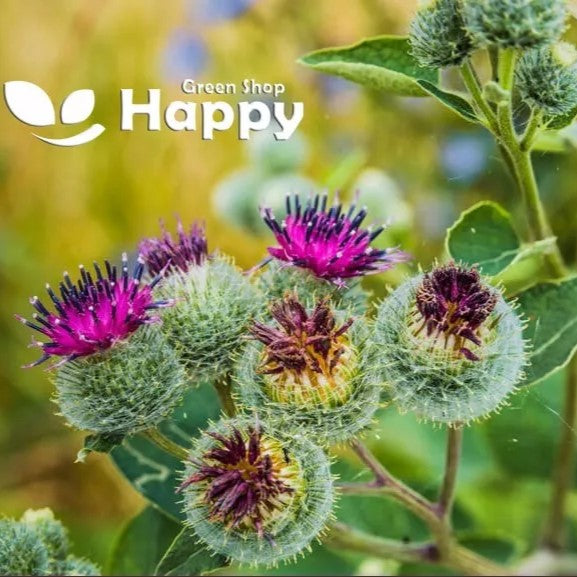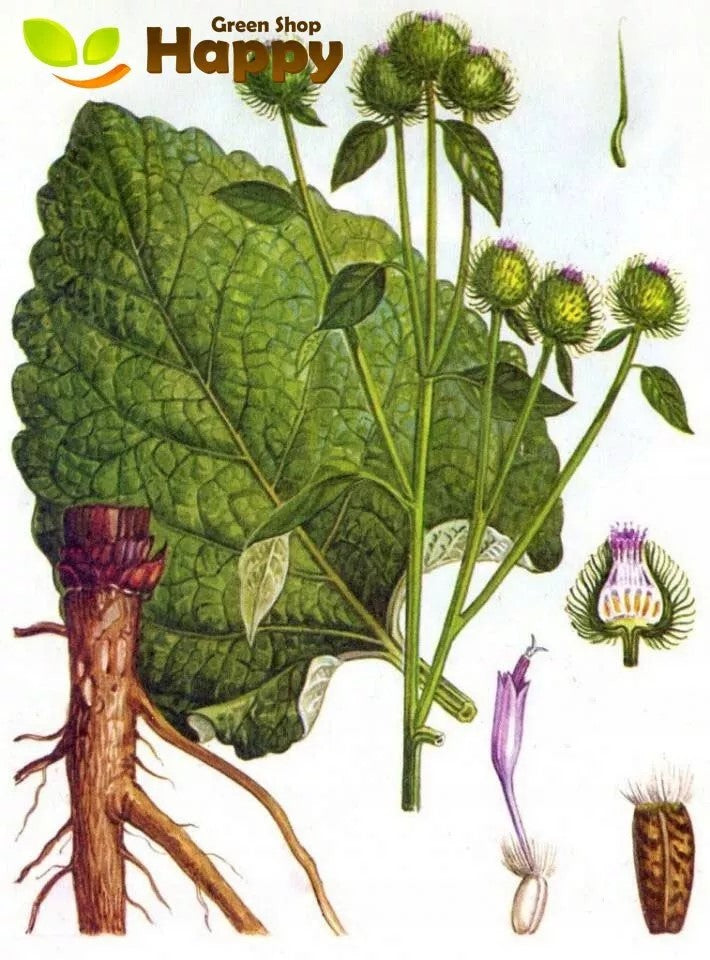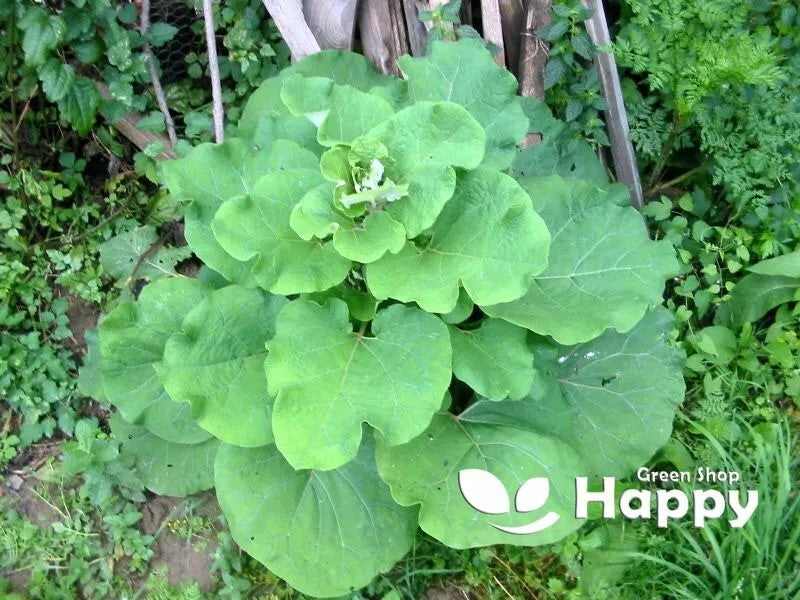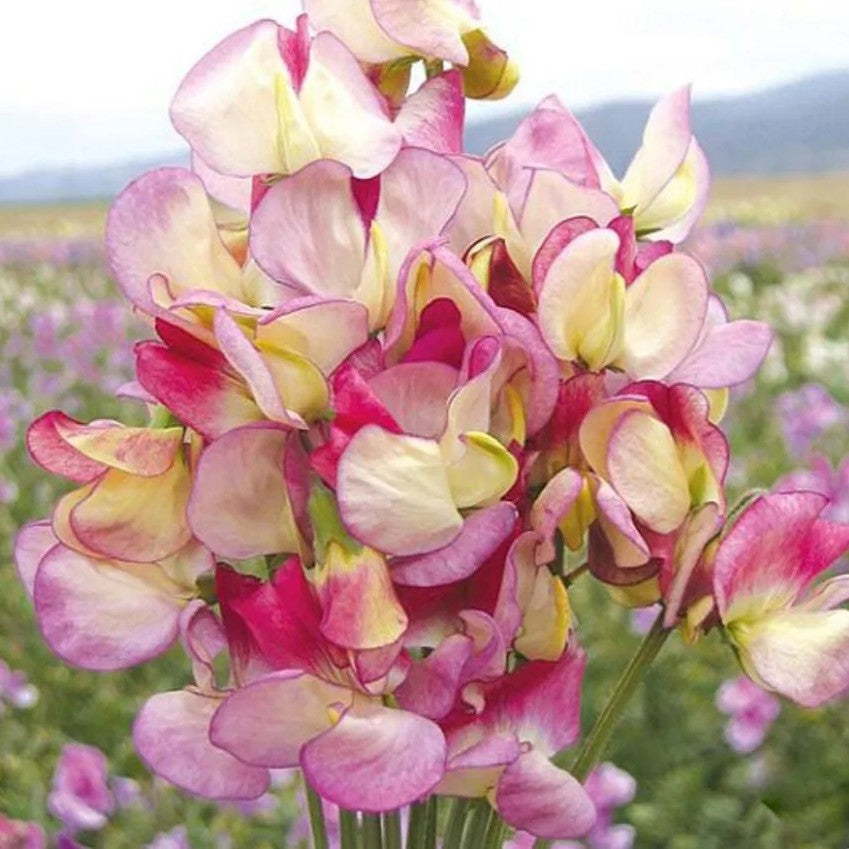Sort by:
299 products
299 products
Pea ‘Onward’ Seeds (Pisum sativum)
Enjoy a reliable and early harvest with Pea ‘Onward’ (Pisum sativum). This hardy climbing variety produces long, tender pods filled with sweet, flavorful peas, perfect for fresh eating, steaming, or freezing. Easy to grow and highly productive, it’s ideal for vegetable gardens, allotments, and homegrown culinary use.
How to Grow
-
Sow seeds directly outdoors from early spring as soon as the soil can be worked.
-
Use well-drained, fertile soil in full sun to partial shade.
-
Sow seeds 3–5 cm deep and 5–7 cm apart in rows 50–60 cm apart.
-
Provide stakes, netting, or a trellis for climbing growth.
-
Keep soil consistently moist but not waterlogged.
-
Harvest pods when fully formed but still tender for best flavor.
Key Features
-
Early-maturing climbing variety with long, tender pods
-
Hardy and highly productive
-
Ideal for fresh eating, steaming, or freezing
-
Easy to grow in temperate climates
-
Perfect for vegetable gardens and allotments
Ideal For
-
Vegetable gardens and allotments
-
Fresh harvest for cooking and freezing
-
Climbing support with trellises or stakes
-
Companion planting with nitrogen-fixing crops
Sowing
-
Best time: Early spring outdoors
-
Depth: 3–5 cm
-
Spacing: 5–7 cm apart, rows 50–60 cm apart
-
Prefers full sun to partial shade and fertile, well-drained soil
Quick Tip
-
Sow successive batches every 2–3 weeks to enjoy a continuous early-season harvest.
Pea ‘Alderman’ Seeds (Pisum sativum)
Enjoy sweet, tender peas with Pea ‘Alderman’ (Pisum sativum). This classic climbing variety produces long, plump pods filled with flavorful peas, perfect for fresh eating, steaming, or freezing. Hardy and highly productive, it’s ideal for vegetable gardens, allotments, and homegrown culinary delights.
How to Grow
-
Sow seeds directly outdoors from early spring as soon as the soil can be worked.
-
Use well-drained, fertile soil in full sun to partial shade.
-
Sow seeds 3–5 cm deep and 5–7 cm apart in rows 50–60 cm apart.
-
Provide support with stakes, netting, or a trellis for climbing growth.
-
Water consistently, keeping soil moist but not waterlogged.
-
Harvest pods when peas are fully formed but still tender.
Key Features
-
Long, plump, sweet-flavored pods
-
Hardy, climbing, and highly productive
-
Ideal for fresh eating, steaming, or freezing
-
Easy to grow in temperate climates
-
Perfect for vegetable gardens, allotments, and homegrown use
Ideal For
-
Vegetable gardens and allotments
-
Fresh harvest for cooking and freezing
-
Vertical planting with trellises or stakes
-
Companion planting with nitrogen-demanding crops
Sowing
-
Best time: Early spring outdoors
-
Depth: 3–5 cm
-
Spacing: 5–7 cm apart, rows 50–60 cm apart
-
Prefers full sun to partial shade and fertile, well-drained soil
Quick Tip
-
Sow successive batches every 2–3 weeks to enjoy a continuous harvest throughout the season.
French Bean ‘Purple Queen’ Seeds (Phaseolus vulgaris)
Add vibrant color to your vegetable garden with French Bean ‘Purple Queen’ (Phaseolus vulgaris). This climbing variety produces glossy, deep purple pods that turn green when cooked, offering both visual appeal and tender, flavorful beans. Easy to grow and highly productive, it’s perfect for fresh eating, steaming, or freezing.
How to Grow
-
Sow seeds directly outdoors after the last frost or start indoors 4–6 weeks earlier.
-
Use well-drained, fertile soil in full sun.
-
Plant seeds 2–3 cm deep and 10–15 cm apart, with rows 40–50 cm apart.
-
Provide stakes or a trellis to support climbing growth.
-
Water regularly, especially during flowering and pod development.
-
Harvest pods when young and tender for best flavor.
Key Features
-
Glossy deep purple pods that turn green when cooked
-
Climbing, highly productive variety
-
Easy to grow and maintain
-
Ideal for fresh eating, steaming, or freezing
-
Adds vibrant color and interest to vegetable gardens
Ideal For
-
Vegetable gardens and allotments
-
Fresh harvest, cooking, and freezing
-
Climbing plant displays in garden beds
-
Homegrown culinary use
Sowing
-
Best time: After last frost outdoors or 4–6 weeks earlier indoors
-
Depth: 2–3 cm
-
Spacing: 10–15 cm apart, rows 40–50 cm apart
-
Prefers full sun and fertile, well-drained soil
Quick Tip
-
Regularly pick pods to encourage continuous production and vibrant color.
French Bean ‘Blue Lake’ Seeds (Phaseolus vulgaris)
Harvest crisp, tender beans with French Bean ‘Blue Lake’ (Phaseolus vulgaris). This classic variety produces long, uniform, deep green pods ideal for fresh eating, steaming, or freezing. Easy to grow and highly productive, it’s perfect for vegetable gardens, allotments, and homegrown cooking.
How to Grow
-
Sow seeds directly outdoors after the last frost or start indoors 4–6 weeks earlier.
-
Use well-drained, fertile soil in full sun.
-
Plant seeds 2–3 cm deep and 10–15 cm apart, with rows 40–50 cm apart.
-
Support climbing varieties with stakes or a trellis if needed.
-
Water regularly to keep soil moist, especially during flowering and pod formation.
-
Harvest pods when they are young, tender, and well-filled.
Key Features
-
Long, uniform, deep green pods
-
Highly productive and easy to grow
-
Ideal for fresh eating, steaming, or freezing
-
Hardy and reliable in temperate climates
-
Perfect for vegetable gardens, allotments, and homegrown cooking
Ideal For
-
Vegetable gardens and allotments
-
Fresh harvest, steaming, and freezing
-
Companion planting with nitrogen-fixing crops
-
Homegrown culinary use
Sowing
-
Best time: After last frost outdoors or 4–6 weeks earlier indoors
-
Depth: 2–3 cm
-
Spacing: 10–15 cm apart, rows 40–50 cm apart
-
Prefers full sun and fertile, well-drained soil
Quick Tip
-
Pick pods regularly to encourage continuous production throughout the season.
Broad Bean ‘Windsor’ Seeds (Vicia faba)
Grow hearty, nutritious beans with Broad Bean ‘Windsor’ (Vicia faba). This classic variety produces large, flavorful beans ideal for fresh eating, cooking, or freezing. Hardy and easy to grow, it thrives in temperate climates and enriches the soil with nitrogen, making it perfect for vegetable gardens and crop rotation.
How to Grow
-
Sow seeds directly outdoors from early spring to late spring.
-
Use well-drained, fertile soil in full sun to partial shade.
-
Plant seeds 5 cm deep and 15–20 cm apart in rows 50 cm apart.
-
Water regularly to keep soil moist but not waterlogged.
-
Support taller plants with stakes if necessary.
-
Harvest beans when pods are well-filled but still tender.
Key Features
-
Large, flavorful broad beans
-
Hardy and easy-to-grow variety
-
Ideal for fresh eating, cooking, or freezing
-
Enriches soil with nitrogen for crop rotation
-
Reliable and productive in temperate climates
Ideal For
-
Vegetable gardens and allotments
-
Fresh harvest, cooking, and freezing
-
Crop rotation and soil improvement
-
Companion planting with nitrogen-demanding crops
Sowing
-
Best time: Early to late spring outdoors
-
Depth: 5 cm
-
Spacing: 15–20 cm apart in rows 50 cm apart
-
Prefers full sun to partial shade and fertile, well-drained soil
Quick Tip
-
Sow successive batches every 2–3 weeks for a longer harvest period.
Petunia Scarlet Red ‘Fire Chief’ Seeds (Petunia nana compacta)
Brighten your garden with Petunia Scarlet Red ‘Fire Chief’ (Petunia nana compacta). This compact annual produces vibrant scarlet-red blooms that cascade beautifully, making it perfect for containers, hanging baskets, and borders. Easy to grow and long-flowering, it attracts pollinators and adds a bold splash of color from spring to autumn.
How to Grow
-
Sow seeds indoors 10–12 weeks before the last frost or directly outdoors after frost risk has passed.
-
Use well-drained, fertile soil in full sun.
-
Lightly cover seeds with soil and keep moist until germination (10–14 days).
-
Transplant seedlings 20–25 cm apart once large enough to handle.
-
Water regularly but avoid waterlogging.
-
Deadhead spent flowers to encourage continuous blooming.
Key Features
-
Vibrant scarlet-red, cascading blooms
-
Compact, long-flowering annual
-
Easy to grow and maintain
-
Ideal for containers, hanging baskets, and borders
-
Attracts bees, butterflies, and other pollinators
Ideal For
-
Containers, patio planters, and hanging baskets
-
Flower borders and bedding schemes
-
Pollinator-friendly gardens
-
Adding bold color to garden displays
Sowing
-
Best time: 10–12 weeks before last frost indoors or after frost outdoors
-
Germination: 10–14 days
-
Sow thinly, cover lightly, and keep soil moist
-
Prefers full sun and well-drained, fertile soil
Quick Tip
-
Pinch back young seedlings to encourage bushier growth and more abundant flowering.

Sweet William Flower Mix "Herald of Spring" - 700 seeds (Dianthus barbatus)
£1.15
Unit price perSweet William Flower Mix "Herald of Spring" - 700 seeds (Dianthus barbatus)
£1.15
Unit price perSweet William Flower Mix ‘Herald of Spring’ Seeds (Dianthus barbatus) – 700 Seeds
Celebrate spring with Sweet William Flower Mix ‘Herald of Spring’ (Dianthus barbatus). This vibrant annual mix produces clusters of fragrant, brightly colored blooms in shades of pink, red, and white. Perfect for borders, cottage gardens, and cutting gardens, it’s easy to grow, long-flowering, and attracts pollinators for a lively garden display.
How to Grow
-
Sow directly outdoors in spring after the last frost or indoors 6–8 weeks earlier.
-
Use well-drained soil in full sun to partial shade.
-
Scatter seeds thinly and cover lightly with soil.
-
Keep soil moist until germination (10–14 days).
-
Thin seedlings to 20–30 cm apart for healthy growth.
-
Deadhead regularly to encourage continuous flowering.
Key Features
-
Clusters of fragrant blooms in pink, red, and white shades
-
Hardy, easy-to-grow annual or biennial depending on climate
-
Long-flowering and attractive to pollinators
-
Ideal for borders, cottage gardens, and cutting gardens
-
Compact growth habit perfect for edging and containers
Ideal For
-
Flower beds, borders, and cottage gardens
-
Cutting gardens for fresh bouquets
-
Pollinator-friendly plantings
-
Containers and patio planters
Sowing
-
Best time: Spring outdoors or 6–8 weeks earlier indoors
-
Germination: 10–14 days
-
Sow thinly, cover lightly, and keep soil moist
-
Prefers full sun and well-drained soil
Quick Tip
-
For a prolonged display, sow successive batches every 2–3 weeks during spring.
Great Burdock Seeds (Arctium lappa)
Grow a versatile and medicinally valued plant with Great Burdock (Arctium lappa). Known for its large, edible roots and striking purple flower heads, this hardy biennial is perfect for vegetable gardens, herbal use, and natural landscaping. Easy to cultivate, it also attracts pollinators and adds architectural interest with its tall stems and broad leaves.
How to Grow
-
Sow seeds directly outdoors in spring after the last frost.
-
Use fertile, well-drained soil in full sun.
-
Sow seeds thinly and cover lightly with soil.
-
Keep soil moist until germination (10–20 days).
-
Thin seedlings to 30–50 cm apart to allow ample root development.
-
Harvest roots in the first year for medicinal use or leave to mature in the second year for flowers and seeds.
Key Features
-
Large edible roots valued for culinary and medicinal use
-
Striking purple thistle-like flower heads
-
Hardy biennial with rapid growth and tall stems
-
Attracts bees and pollinators
-
Architectural foliage adds interest to gardens
Ideal For
-
Vegetable and herb gardens
-
Natural or wildlife-friendly landscapes
-
Pollinator-friendly planting
-
Culinary and herbal uses
Sowing
-
Best time: Spring after the last frost
-
Germination: 10–20 days
-
Sow thinly and cover lightly with soil
-
Prefers full sun and fertile, well-drained soil
Quick Tip
-
For the best edible roots, harvest before the plant flowers in its first year.
Sweet Pea ‘Spanish Dancer’ Seeds (Lathyrus odoratus)
Add elegance and fragrance to your garden with Sweet Pea ‘Spanish Dancer’ (Lathyrus odoratus). This climbing annual produces exquisite, vibrant pink flowers with a striking magenta edge and a delightful scent. Ideal for trellises, fences, and pergolas, it’s a stunning addition for borders, containers, and cut flower arrangements.
How to Grow
-
Sow seeds indoors in late winter or early spring, or directly outdoors after the last frost.
-
Soak seeds overnight to improve germination.
-
Use well-drained soil in a sunny location.
-
Cover seeds lightly with soil and keep moist until germination (10–14 days).
-
Provide support such as trellises, fences, or netting for climbing.
-
Pinch out the tips of young plants to encourage bushier growth and more blooms.
Key Features
-
Vibrant pink flowers with magenta edges
-
Fragrant, climbing annual perfect for vertical displays
-
Long-flowering, from late spring through summer
-
Excellent for cut flowers and bouquets
-
Attracts pollinators such as bees and butterflies
Ideal For
-
Trellises, pergolas, fences, and arches
-
Flower borders and cottage gardens
-
Containers and patio planters with support
-
Cut flower arrangements for home decoration
Sowing
-
Best time: Late winter to early spring indoors, or after frost outdoors
-
Germination: 10–14 days
-
Pre-soak seeds for best results
-
Prefers full sun and well-drained soil
Quick Tip
-
Regularly remove spent flowers to prolong blooming and maintain vigorous growth.
Showing 189/299


